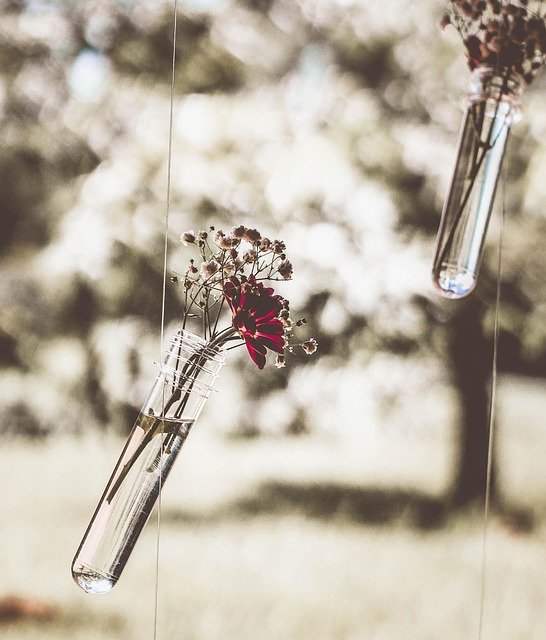Floral Foam Alternatives: Revolutionizing Sustainable Floral Design
In the world of floral design, a quiet revolution is blooming. As sustainability takes center stage in home decor, floral designers and enthusiasts are seeking eco-friendly alternatives to traditional floral foam. This shift is not just about preserving the environment; it's about reimagining the art of floral arrangement and bringing a fresh, green perspective to our living spaces.

Nature-Inspired Solutions
Innovative florists are turning to nature itself for inspiration. One emerging technique involves using twigs and branches to create a supportive structure within vases. This method, often referred to as the twig matrix, not only holds flowers securely but also adds a rustic, organic element to arrangements. Designers are experimenting with different types of wood, from willow to birch, each bringing its unique texture and aesthetic to the final piece.
The Comeback of Chicken Wire
In a nod to vintage floral techniques, chicken wire is making a stylish comeback. This malleable metal mesh can be shaped into various forms, providing excellent support for flowers while allowing for creative freedom. Modern florists are elevating this old-school method by incorporating it into contemporary designs, sometimes even leaving parts of the wire exposed as a decorative element. The result is a blend of industrial chic and natural beauty that resonates with current home decor trends.
Water-Wise Alternatives
As water conservation becomes increasingly important, floral designers are exploring alternatives that require less water. One innovative approach is the use of water-absorbing crystals. These non-toxic, biodegradable polymers can hold many times their weight in water, slowly releasing it to flowers over time. This method not only reduces water usage but also extends the life of cut flowers, making it a win-win for both sustainability and longevity.
Embracing Imperfection: The Wabi-Sabi Approach
Drawing inspiration from the Japanese philosophy of wabi-sabi, which finds beauty in imperfection, some designers are opting for more minimalist, asymmetrical arrangements. This approach often involves using fewer flowers and allowing each stem to find its natural position. By embracing the inherent beauty of individual blooms, this method reduces the need for artificial supports altogether, creating arrangements that feel both thoughtful and effortlessly elegant.
Tech Meets Nature: 3D Printed Supports
At the intersection of technology and sustainability, 3D printing is offering new possibilities for floral design. Innovative florists are creating custom, biodegradable supports using materials like PLA (polylactic acid), a plant-based plastic. These supports can be designed to fit specific vases or to create unique sculptural forms, opening up new avenues for creativity while maintaining an eco-friendly approach.
The Art of Ikebana Reimagined
Ancient Japanese floral art, Ikebana, is finding new relevance in the search for sustainable floral design. Traditional Ikebana uses minimal materials and often incorporates natural supports like stones or branches. Modern designers are adapting these principles, creating striking arrangements that showcase the beauty of negative space and natural forms. This approach not only reduces the need for artificial supports but also brings a sense of tranquility and mindfulness to home decor.
Conclusion: A Blooming Future
The movement away from floral foam is more than just a trend; it’s a fundamental shift in how we approach floral design and, by extension, our relationship with nature in our homes. These innovative alternatives not only offer sustainable solutions but also push the boundaries of creativity in floral artistry. As we continue to seek harmony between beauty and sustainability in our living spaces, these new methods of floral arrangement stand as a testament to human ingenuity and our evolving aesthetic sensibilities. The future of floral design is blooming, and it’s greener, more creative, and more beautiful than ever before.





